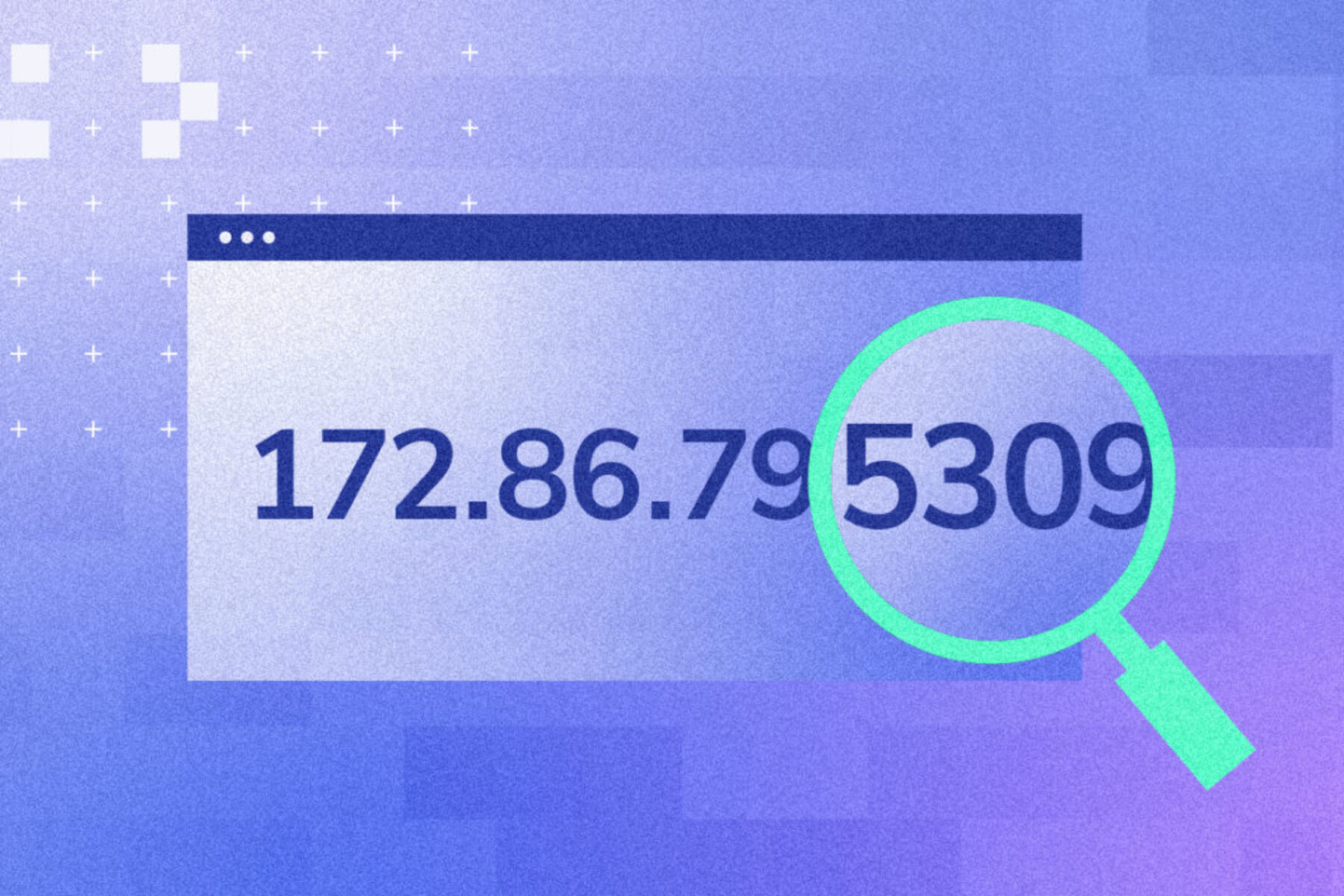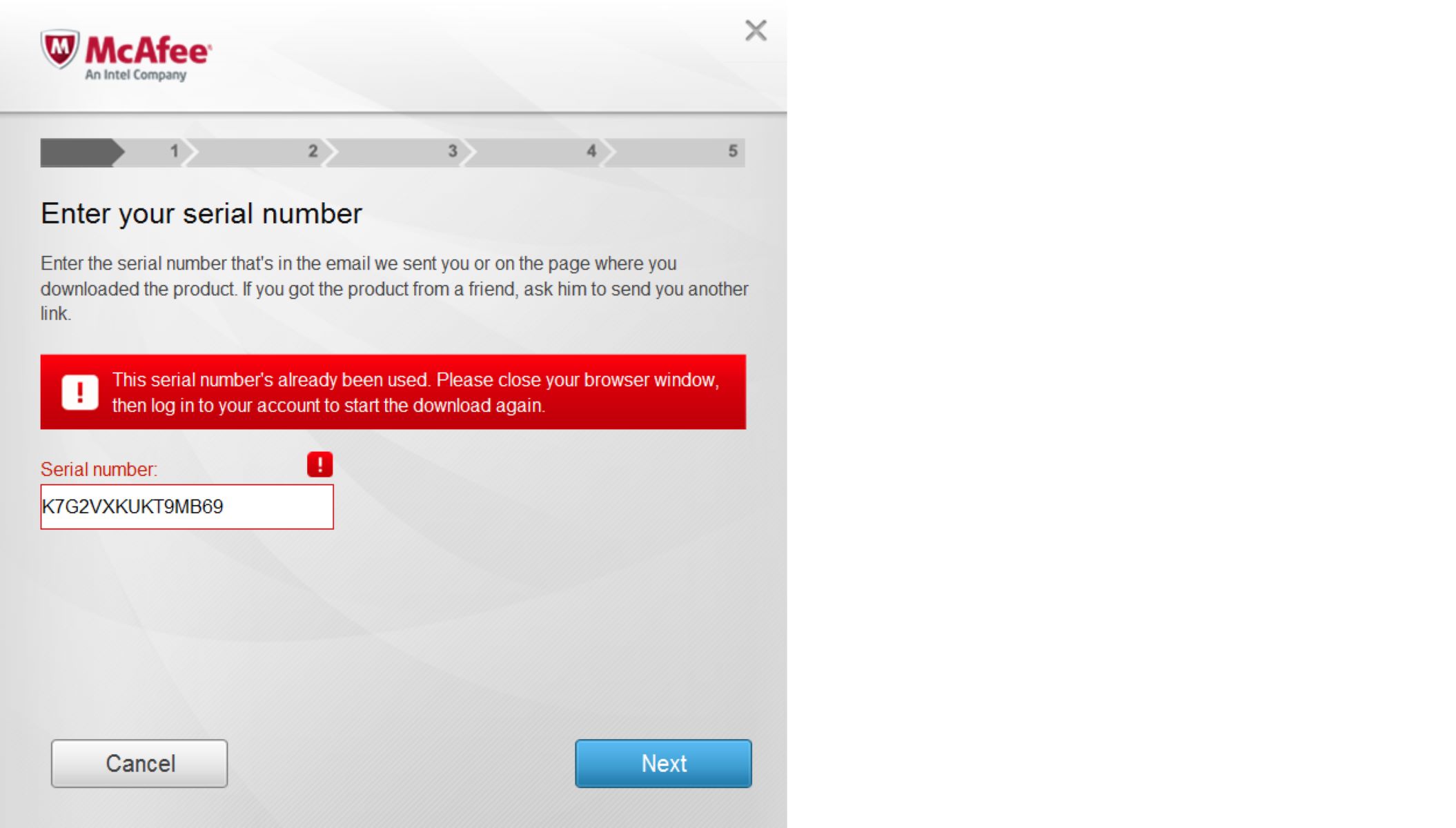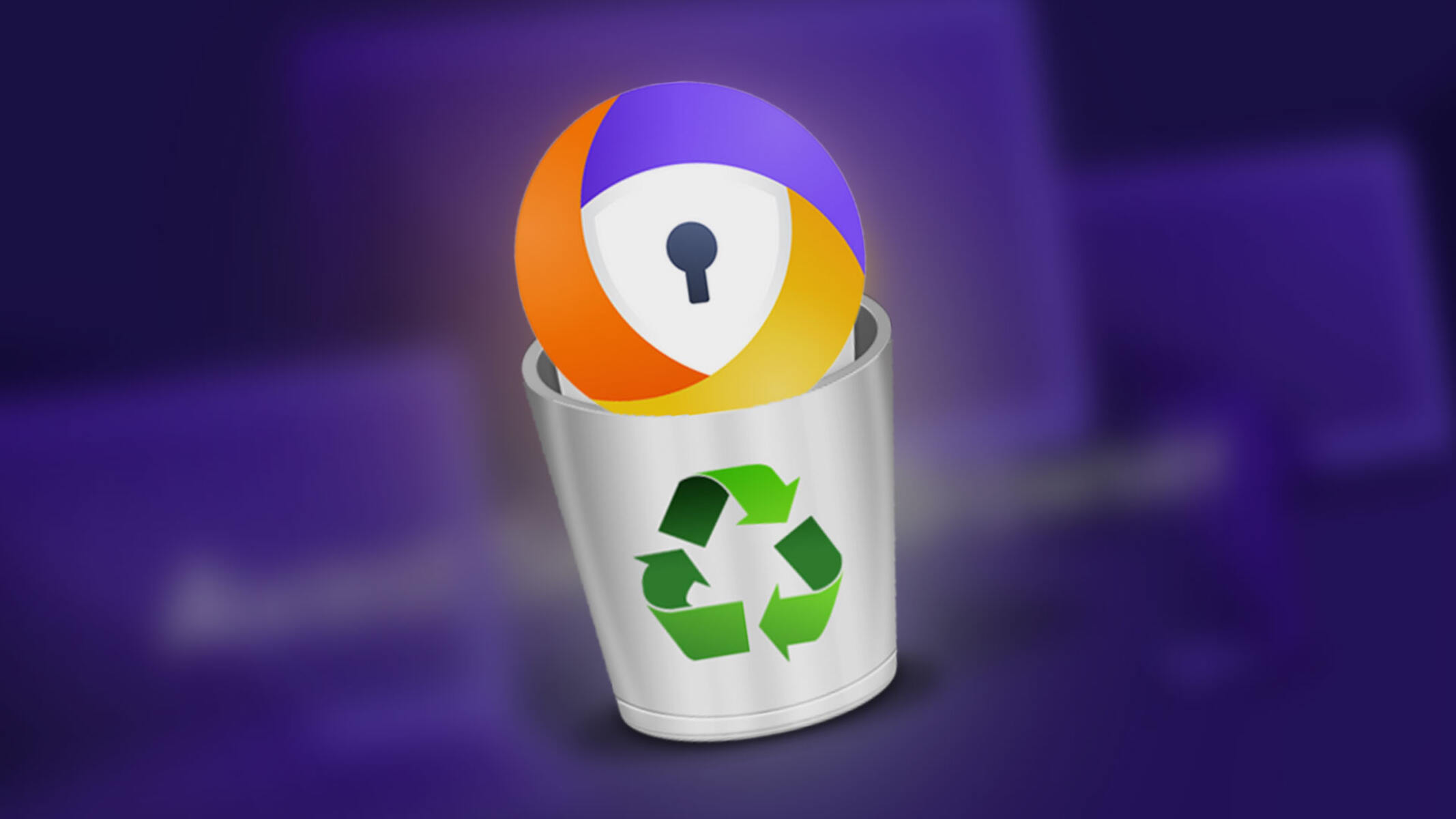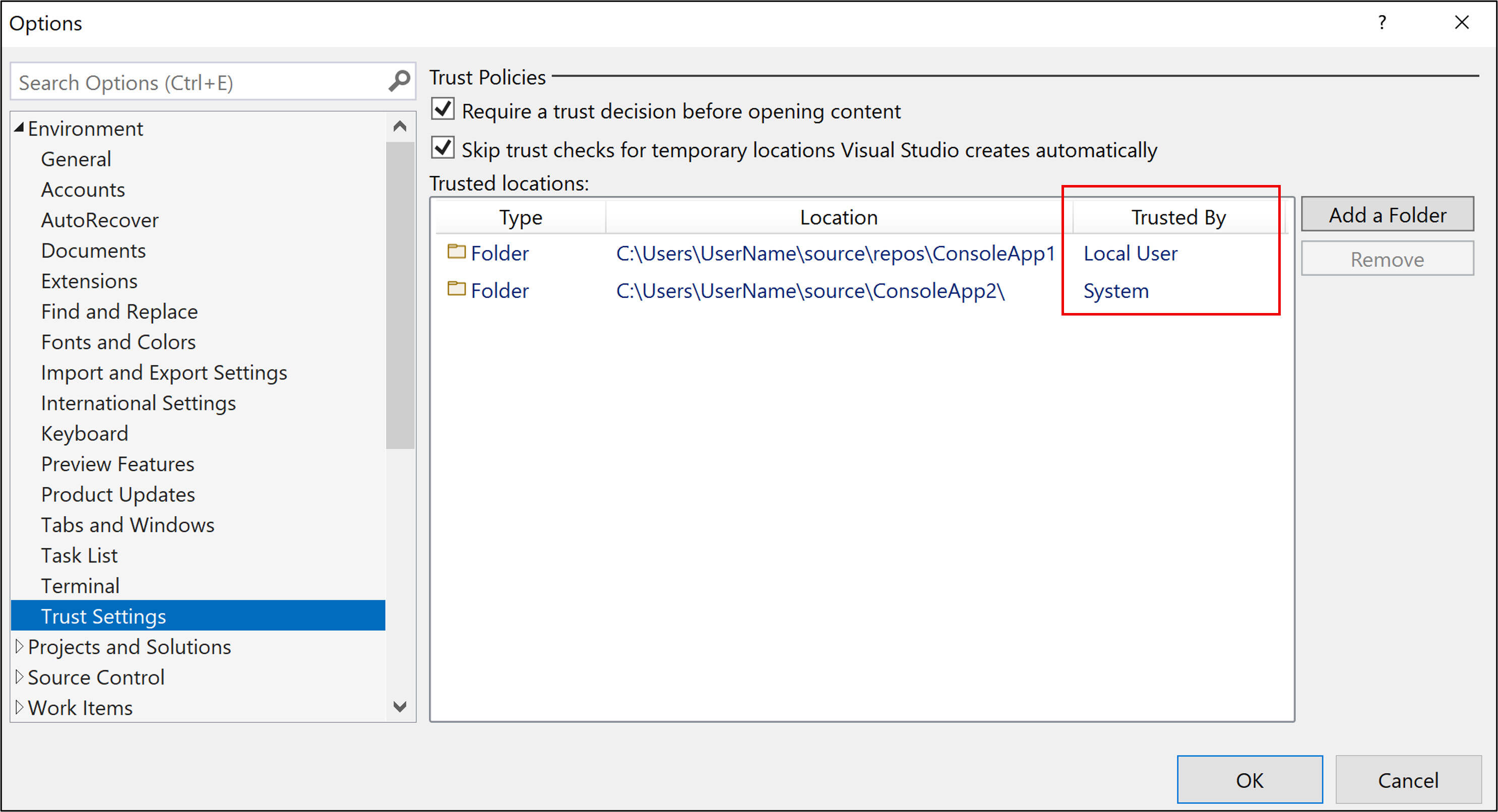Introduction
Welcome to our discussion on the two main issues with antivirus software. As technology advances, so does the need for robust cybersecurity measures to protect our digital lives. Antivirus software plays a crucial role in detecting and preventing malicious attacks, but like any technology, it has its limitations. In this article, we will explore the two primary concerns associated with antivirus software: false positives and resource consumption.
False positives occur when antivirus software flags legitimate files or programs as malicious. While it may seem reassuring that the software is being vigilant, false positives can be disruptive and time-consuming for users. On the other hand, resource consumption refers to the amount of system resources antivirus software utilizes during its operation. This can impact the overall performance of a device, causing it to slow down or even crash.
Understanding these issues is vital for both antivirus software developers and end-users. Antivirus developers strive to strike a balance between accurate threat detection and minimizing false positives. Simultaneously, end-users must weigh the benefits of protecting their systems against the potential drawbacks of resource-intensive software. By exploring these two issues in detail, we can gain a better understanding of the challenges faced by antivirus software and the strategies employed to address them.
Now, let’s delve into the first issue with antivirus software: false positives.
Issue 1: False Positives
False positives are a common concern when it comes to antivirus software. This occurs when the software incorrectly identifies legitimate files or programs as malicious threats. While false positives may seem like a minor inconvenience, they can have significant consequences for both individuals and businesses.
One of the main issues with false positives is the disruption they cause to everyday tasks. When an antivirus software flags a legitimate file as potentially harmful, it often prompts a warning or blocks access to the file. This can be frustrating, especially when it happens repeatedly or with critical files or applications. Users may find themselves unable to open important documents, run necessary software, or access specific websites due to false positives.
Furthermore, false positives can lead to confusion and mistrust in antivirus software. When users encounter multiple false positives, they may become skeptical of the software’s reliability and effectiveness. This can result in them ignoring or disabling the antivirus software altogether, leaving their systems vulnerable to real threats.
The impact of false positives extends beyond individual users to businesses and organizations. In an enterprise setting, false positives can disrupt productivity and workflow. When essential files or applications are mistakenly flagged, it can lead to delays in projects and hinder collaboration among team members. Additionally, false positives can have financial implications, as businesses may need to allocate resources to investigate and resolve these issues.
While false positives can be challenging, antivirus software developers are continually working to minimize them. They employ various techniques, such as employing more advanced detection algorithms and implementing whitelisting strategies. Whitelisting involves creating a trusted database of legitimate files, ensuring that antivirus software does not flag them as false positives.
Ultimately, striking the right balance between aggressive threat detection and minimizing false positives remains a constant challenge for antivirus developers. Users can also contribute to this by reporting false positives to the software developers, helping them refine their algorithms and improve accuracy.
Now that we have explored the issue of false positives, let’s move on to the second concern: resource consumption.
Issue 2: Resource Consumption
Resource consumption is another significant issue associated with antivirus software. While the purpose of antivirus software is to protect your system from threats, it can sometimes have unintended consequences by utilizing a considerable amount of system resources.
When antivirus software runs in the background, it continuously scans files and processes to detect any potential threats. This constant monitoring requires significant processing power, which can impact the performance of your computer or mobile device. Your system may experience slowdowns, lags, or even crashes as a result of high resource consumption by the antivirus software.
In addition to processing power, antivirus software also consumes memory, disk space, and network bandwidth. The heavy utilization of these resources can have a cascading effect on other applications and tasks that are running concurrently on your device. You may notice delays in opening files, launching applications, or browsing the internet, affecting your overall productivity and user experience.
Resource consumption is particularly problematic for older or low-spec devices that may have limited processing power and memory. Antivirus software can exacerbate the performance issues and make the device practically unusable. This can be frustrating, especially if the software is causing more disruption than the potential threats it is protecting against.
To address the issue of resource consumption, antivirus developers are continually optimizing their software to minimize its impact on system performance. They employ various techniques such as implementing lightweight scanning algorithms, utilizing cloud-based scanning for offloading processing tasks, and providing customizable settings to adjust the level of system resource usage.
Users can also take certain measures to mitigate the impact of resource consumption. They can schedule regular scans during off-peak hours when the device is not heavily in use or select specific files or folders for scanning rather than scanning the entire system. Additionally, it is essential to keep your antivirus software updated with the latest version, as updates often include performance enhancements and bug fixes.
While resource consumption is an ongoing concern, balancing the need for effective threat detection with minimal impact on system performance remains a key challenge for antivirus software developers. It is crucial for users and developers to collaborate, providing feedback and insights to find the optimal balance.
Now that we have discussed the two main issues with antivirus software, let’s summarize our findings.
Conclusion
Antivirus software plays a critical role in protecting our digital lives from malicious threats. However, it is not without its challenges. The two main issues we explored in this article are false positives and resource consumption.
False positives can disrupt everyday tasks, cause confusion, and erode trust in the antivirus software. However, developers are working to minimize false positives through advanced detection algorithms and whitelisting strategies.
Resource consumption, on the other hand, can impact system performance, leading to slowdowns and potential crashes. Antivirus developers strive to optimize their software to reduce resource usage without compromising its effectiveness.
As users, we can contribute by reporting false positives to improve the accuracy of antivirus software and take measures to mitigate the impact of resource consumption on our devices.
It is important to strike the right balance between effective threat detection and minimizing the disruption caused by false positives and resource consumption. Antivirus software developers and users must collaborate to address these challenges and ensure the ongoing protection of our digital environments.
By staying informed and mindful of the issues associated with antivirus software, we can make informed decisions and maintain a secure and efficient digital ecosystem.

























